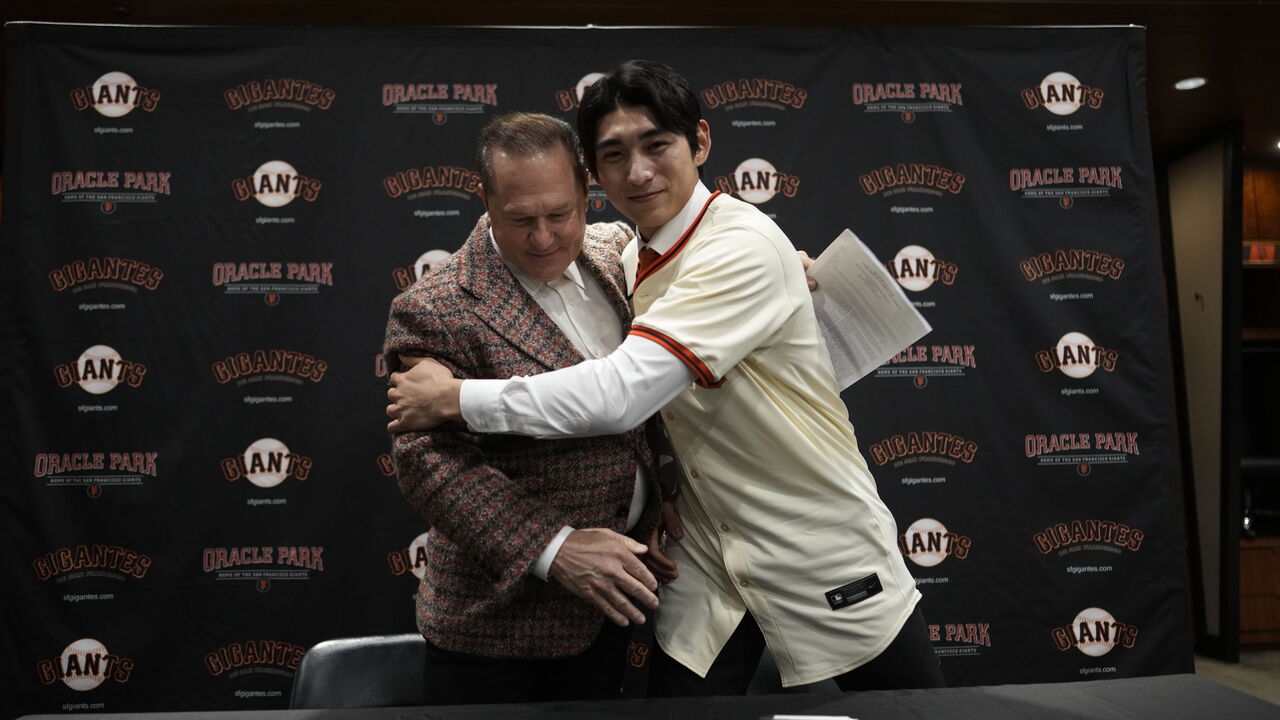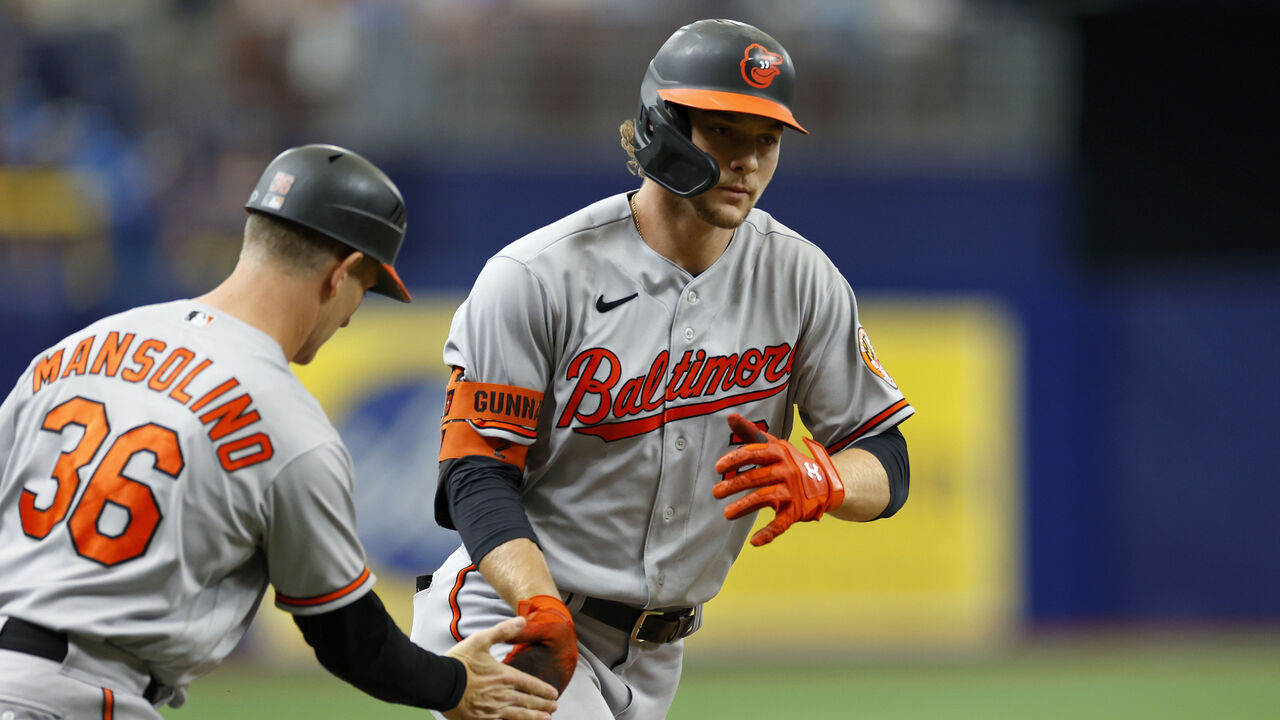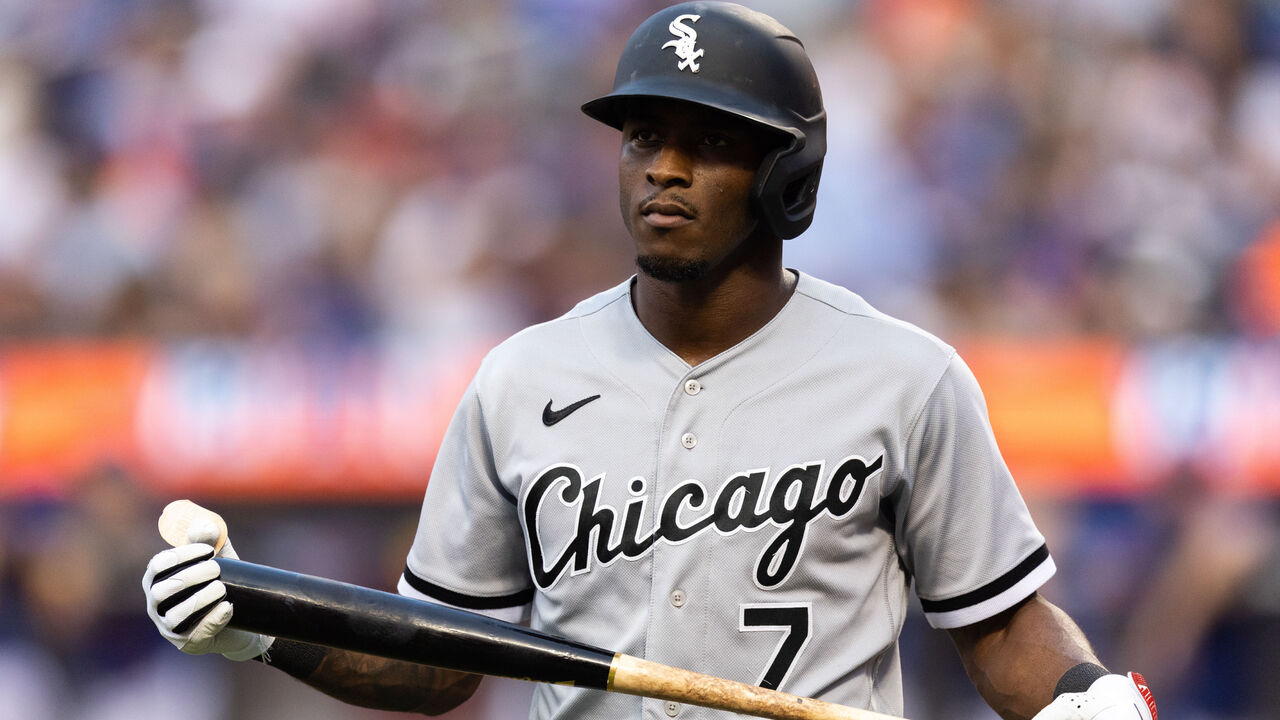The big thing hurting MLB free agents
An unusual number of star free agents remain unsigned as spring training camps opened earlier this week, and as the exhibition slate opened Thursday.
Jordan Montgomery, Blake Snell, and Matt Chapman are still waiting to sign deals. They're all clients of Scott Boras, who's willing to play chicken with clubs more than many agents.
J.D. Martinez is another unsigned Boras client - he was 19th in wRC+ last season - and isn't even the most efficient free-agent hitter available. That's Brandon Belt, who ranked 15th in wRC+ last season.
But it's not only star-level players who are unsigned.
Michael Taylor, Tommy Pham, Garrett Cooper, and Donovan Solano are among aging veterans looking to land contracts.
And those agreeing to deals now are settling for relatively modest terms. Former batting champ Tim Anderson signed a one-year, $5-million deal Thursday with the Marlins. While he's coming off a down year entering his age-31 season, Anderson averaged a .318/.347/.474 slash line from 2019-22. Also Thursday, the sure-handed and lefty-mashing Gio Urshela signed a one-year, $1.5-million pact with the Tigers, a few days after shortstop Amed Rosario settled for the same terms with the Rays.
While superstars will always be handsomely rewarded, it's the middle class of free agents who are being squeezed.
As we documented earlier in February, this was one of the slower offseasons to develop in recent years. There are some factors contributing to this icy hot stove, from the number of Boras clients who are stars - but stars with question marks - to the uncertainty regarding the future of regional sports networks, which account for about a quarter of most clubs' total revenues.
But the biggest problem for many free agents is more structural: the game continues to get younger.

Consider the median service times at the end of last season for all players who stepped on the field. For pitchers, it was 2.45 seasons. For major-league hitters, it was 2.98 seasons. Those marks are just shy of arbitration eligibility, and it's at that point - becoming arbitration-eligible - when players start becoming more expensive, and when many careers end.
If we consider average service time, that mark came in at 3.7 seasons per player at the end of 2023, a decline from 4.8 in 2003.
Longtime sports industry executive and former MLBPA official Greg Bouris is now a sports management professor at Adelphi University. He said the demographic shift is having wide-ranging effects, including on free agency.
"It's too bad but it is a reflection of the current system," Bouris told theScore. "Unfortunately, the 0-to-3 class of players (pre-arbitration) have become more valuable than the other two classes: arbitration-eligible players and free agents. The historical challenge for the union has been to make sure that no class of player becomes more valuable than others. But because of advanced analytics, and relatively low minimum salary, loading up on the 0-3s makes operational and budgetary sense."

The majority of innings and plate appearances are allotted to pre-arbitration players. This is especially true on the position-player side.
Last season, position players in their age-29 seasons or younger - players generally not yet eligible for free agency - accounted for 66.3% of playing time and 72.3% of WAR value. So, not only did they account for the majority of playing time, they were more productive. That's a problem if you're in the middle-class tier of free agents.
Further, that WAR share from the 29-and-under cohort ranked seventh since the advent of free agency, and five of the top nine such seasons have occurred since 2015.
Since PED testing began in 2004, the share of 29-and-under playing time is generally increasing, reaching 60% in 2011 and not falling below 65% since 2017.
If we refine our parameters to 25-and-under position players, the trend is still much the same. Last year, 25-and-under hitters accounted for the 10th greatest share of position-player WAR since 1950.
And since free agency began in 1976, the top four seasons of 25-and-under position-player production have all occurred since 2015.
On the pitching side, younger players take on the majority of work, too, though the year-to-year variance is greater.
Over the last decade, 29-and-under arms have averaged to account for 65.2% of all pitching WAR and 65% of innings.
In comparison, in the 1990s, 29-and-under arms accounted for 62.2% of WAR and 64.6% of innings. In the 2000s, it was 62.8% and 63.4%, respectively.
Production share among the youngest arms, the 25-and-under crowd, is actually down in recent years. It's the 26-to-29 group that's begun to take on the greatest share.
In 2022, that age group accounted for nearly half of all work: 46.9% of all innings and 47.8% of all WAR, the greatest such work share in each category since 1958.
There might be even more 25-and-under production if not for one big complicating factor: teams manipulate service time.
So, not only are careers being pressured in their later stages in free agency, they're also artificially delayed on the front end by manipulated arrivals. As service time decreases, debut ages have remained about the same at age 25.
Further: The game's not only becoming younger, but younger players are getting better.
Training and technology advances have proliferated throughout baseball at professional and amateur levels, and they're increasing young players' skill levels.
Consider one specific group of players: rookies. They're getting better.
Rookie hitters accounted for 12% of WAR production last year - the second-best mark since at least 1950, trailing only the 13.2% mark set in 2015. Four of the top six rookie production shares since 1950 have occurred since 2015. Moreover, 2023 rookies produced their best hard-hit and average exit velocities of the Statcast era.
If there's a constant march of more advanced, more skilled younger players entering the game, it places pressure on the existing labor force.
From 1950 to 1980, rookie hitters on average accounted for 4.2% of all position-player WAR. Since 2010, they've averaged 7.9%.

While one player development official noted older players can benefit from training advances, and make big gains if they're late to adopt them in their careers, what's also true is that young players are entering the game more advanced than ever.
Another player development official noted it's younger players who are more likely to be all-in on the latest tech and advancements.
Rookie pitchers are also making workload gains.
Since 2010, rookie-eligible pitchers have averaged 20.5% of innings and 11.7% of WAR. From 2000-09, those respective rates were 16.4% and 10.1%.
Pitchers' skills are improving, too.
The average rookie's fastball was 94.5 mph last season (the MLB average was 94.1). In 2018, it was 93.4 mph.
Will this trend continue?
"It's a legit possibility," one MLB front office executive said.
The youth movement slowing down any time in the foreseeable future seems unlikely. That means ice-cold hot stoves and slow-developing free-agent markets - at least for many players - are increasingly likely to be the norm and not an outlier.
Baseball's always been a young man's game, but that's more true and apparent today than ever.
Travis Sawchik is theScore's senior baseball writer.